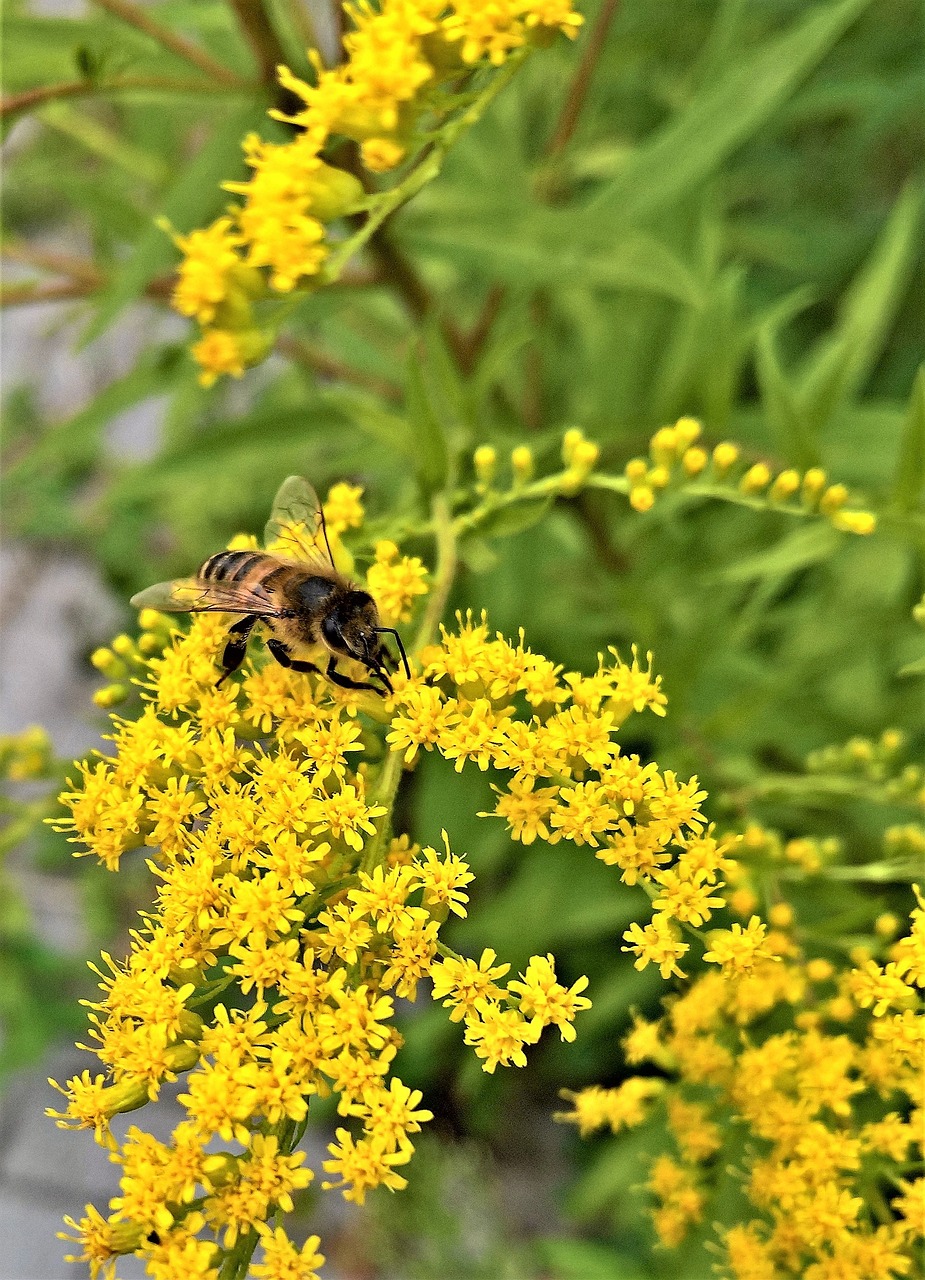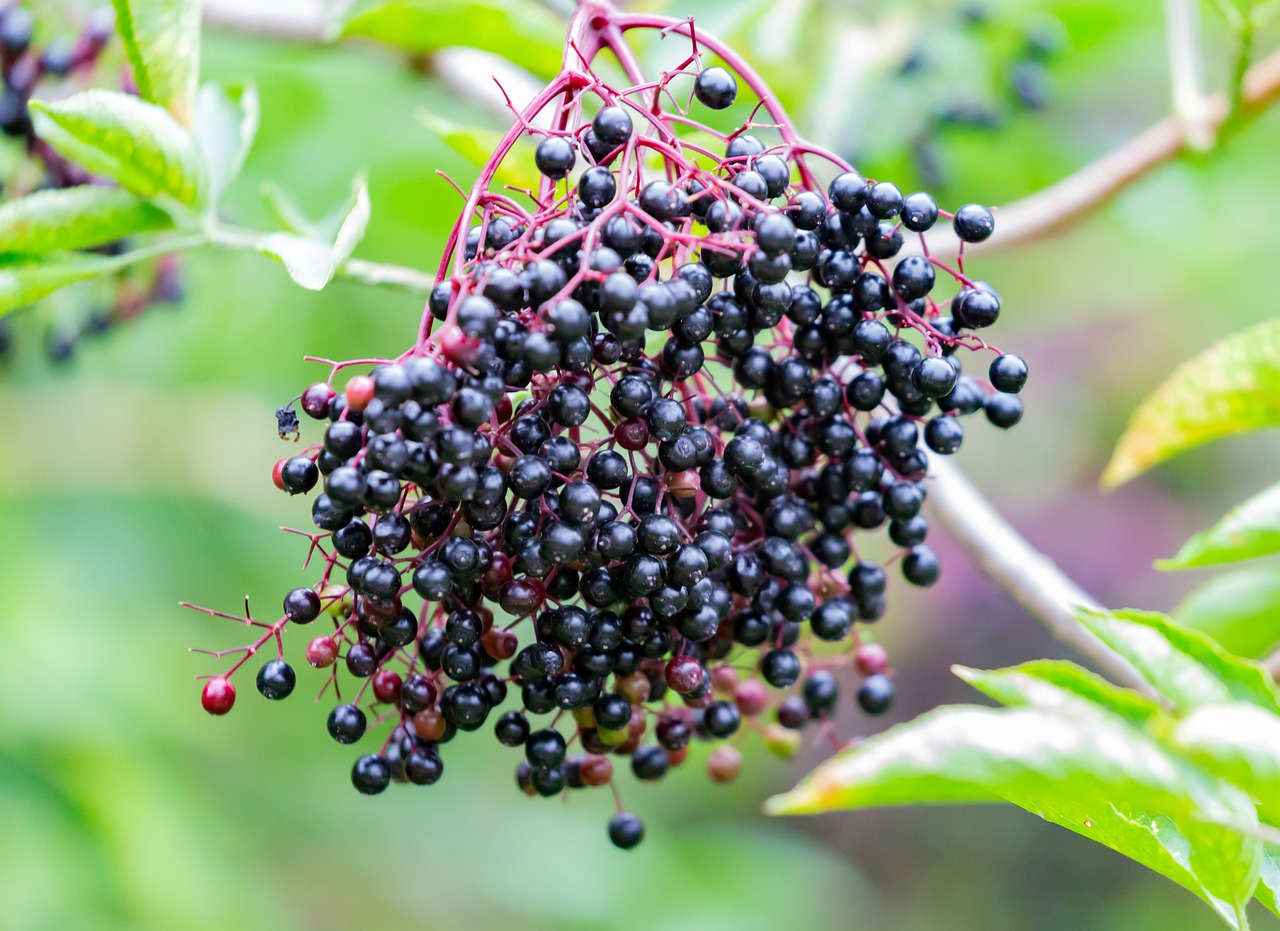
Fall Medicine Harvest: Rosehips, Elderberries, Rosemary, and Goldenrod
Modern medicine has only been around since the 1800s. Before that, humans relied on Mother Nature to treat our illnesses. Herbs have been used to heal and help for millennia. In fact, many of today’s pharmaceuticals are derived from or based on herbs and other natural treatments. So get ready to reap the benefits of your Fall medicine harvest!
Take aspirin for example. It was developed to mimic the pain-relieving and anti-inflammatory capabilities of willow bark, which has been used for over 3,500 years. There are plenty of other examples of herbs and other plants that pack a powerful medicinal punch, and fall is the time to harvest four of our favorites: rosehips, elderberries, rosemary, and goldenrod.
How to Use Herbal Medicines
You can use herbs in many ways. Some can be eaten raw, like elderberries and rosehips. Others can be used to create tinctures, teas, and decoctions. Yet others are better in salves and oils. Here’s a quick rundown of what these are and how they work.
- Salves – Salves are usually made using a combination of medicinal oil and wax and are rubbed into the skin.
- Oil – Use a high-quality oil and mix in your herbs, then let it sit for up to two weeks. Oils can be rubbed into the skin and used in other ways.
- Tinctures – Combine herbs with alcohol to extract their medicinal properties and allow the mixture to sit for a week or so.
- Decoctions – Boil the herbs in water and then simmer before allowing the liquid to cool and then straining out the herbs.
- Teas – Simply simmering herbs in hot water for several minutes can extract many of their medicinal benefits.
Different plants are better suited for specific preparations, but most herbs are versatile enough that you can use them in several ways.
Rosehips
Rosehips are the fruit of the rose plant. After the flower is pollinated, rosehips grow under the petals and hold seeds for the next generation. They’re usually red or orange, but that depends on the type of rose plant, growing conditions, and other factors.
Rosehips can be eaten right off the plant, but they can also be used to flavor other products and turned into medicine. They’re a concentrated source of vitamin C, which makes them great for boosting your immune system. They have also been used for thousands of years to treat diabetes, bladder infections, and even arthritis.
You’ll need a knife or a pair of scissors, as well as a container to hold the hips as you harvest. A colander makes a great option so you can rinse them right away. Make sure to wear gloves to protect your hands, too! Once harvested, cut them in half, scoop out the seeds, and then rinse them with clean water. You can now use them to make tea and other medicinal products.
Elderberries
Elderberries have been used to treat the common cold for thousands of years. You’ll still find this berry listed as a primary ingredient in many of today’s over-the-counter cold medicines, too. They’re also helpful for fighting flu symptoms. They’re also very high in vitamin C and have been shown to positively affect blood sugar, improve heart health, and improve lung health.
You can eat elderberries whole, turn them into jams or jellies, or make tinctures out of them. You can also add them to other types of jams and jellies. The simplest way to harvest them is to cut them from the bush in clusters using a knife or scissors. Collect them in a bucket, and then remove individual berries from the stems once you’re done harvesting. Put them in the refrigerator as soon as possible.
Note that you’ll usually bet 12 to 15 pounds of berries per bush each year. Depending on how you intend to use them, you may want to plant several bushes.
Rosemary
You might be most familiar with rosemary as a culinary herb. It pairs well with so many foods, and it’s easy to grow in most of the US. However, did you know that it’s also a powerful medicine? It has powerful antibacterial properties and contains a rich blend of antioxidants. It has been used to treat mood disorders, pain control, and even to boost the immune system.
Harvesting rosemary is simple. You’ll just need a sharp knife, or a pair of scissors, to cut young stems. Try to harvest from all around the plant and leave the woody parts in place. Never remove more than 20% of the plant at a time to keep it healthy. We recommend having two or more rosemary plants in your garden so that you always have a healthy harvest.
Goldenrod
Goldenrod is a powerful medicinal herb that most people mistake for something else: ragweed. When you’re driving down the road and see golden brush stalks bowed over, chances are that your first thought is that you’re seeing ragweed, but chances are good that it’s actually goldenrod.
Goldenrod has been used for millennia to treat urinary system conditions, reduce inflammation, and even help with diabetes and liver problems. It’s a very versatile herb that should have a prominent place in your medicine cabinet.
To harvest goldenrod, make sure you catch it as it flowers. You can also use some of the leaves in addition to the flowers. Just snip them off with a pair of scissors, but please harvest with care. This is an important plant for the survival of other species, including bees and other wildlife, so leave enough to share.
Once harvested, you can transform goldenrod into teas or tinctures, or even make healing salves out of it. Now is the perfect time to learn about goldenrod, how to harvest it, and even get hands-on training in turning it into tea and salves in our Glorious Goldenrod Class, which will be held on September 30th.
Happy Harvesting!
Fall is in the air, so make sure you’re making the most of your medicine harvest! Use the power of Mother Nature to help heal and protect yourself and your family.


